Radio Telescopes: What Are They and How Do They Work?
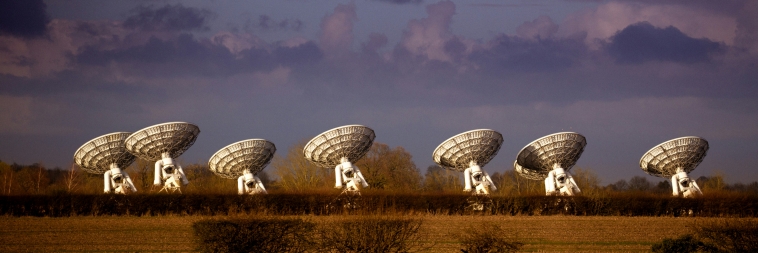
In this article, we’ll explore the world of radio telescopes, examining how they work, their discoveries, and the future of radio astronomy.
Have you ever wondered how astronomers peer deep into the cosmos, unveiling secrets that lie far beyond the reach of ordinary optical telescopes? Enter the world of radio telescopes—a realm where the invisible becomes visible, and the universe reveals its hidden facets through the language of radio waves!
What Are Radio Telescopes?
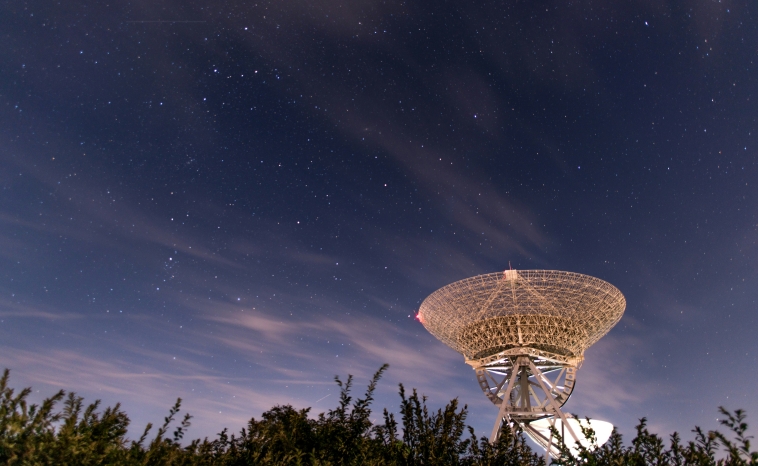
Radio telescopes are sophisticated instruments that detect and study radio waves emanating from astronomical objects. Unlike optical telescopes, which observe light in the visible spectrum, radio telescopes capture radio emissions from stars, galaxies, black holes, and even interstellar gas clouds. These emissions often come from processes and phenomena that are invisible to optical telescopes, such as the cosmic microwave background radiation left over from the Big Bang.
These fantastic instruments collect and amplify weak radio waves from space, enabling scientists to analyse their frequency, intensity, and other properties. The data that radio telescopes gather can help astronomers map the structure of galaxies, understand the behaviour of pulsars, and even search for potential signs of extraterrestrial life.
Radio telescopes have become essential tools in modern astronomy. They allow us to uncover the mysteries of the universe and expand our understanding of space beyond what we can see with our eyes. They have been instrumental in many groundbreaking discoveries, including identifying quasars and the detailed study of the early universe.
How Do Radio Telescopes Work?
The basic principle behind radio telescopes is surprisingly straightforward but incredibly effective! These telescopes consist of large parabolic (dish-shaped) antennas that collect radio waves and focus them onto a receiver. The dish shape can capture even the faintest radio signals from the cosmos before directing them to a focal point.
The captured signals are subsequently amplified and converted into data astronomers can analyse. This process involves sophisticated electronics and signal processing techniques to filter out noise and enhance the clarity of the received signals. It’s sort of like listening to a faint whisper in a noisy room—the radio telescope acts as a super-refined ear, finely tuned to the whispers of the universe.
With advancements in technology, radio telescope technology continues to improve, becoming even more sensitive and allowing scientists to explore the depths of space and uncover mysteries previously beyond our reach.
Why Use Radio Telescopes?
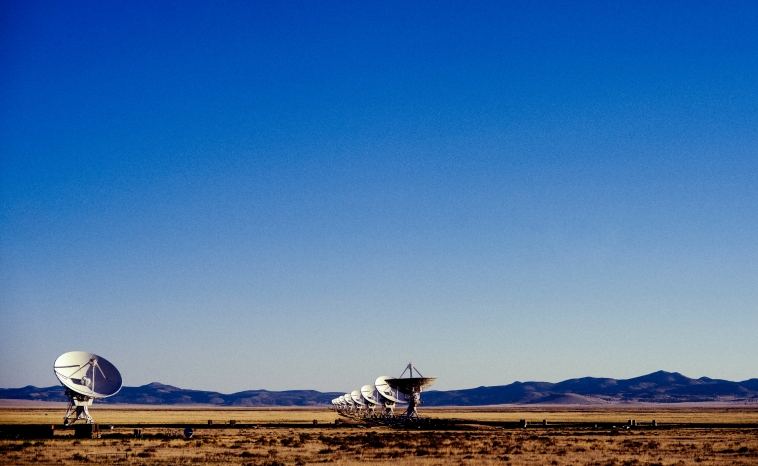
So, why bother with radio waves when we have perfectly good optical telescopes? The answer lies in the unique insights radio astronomy offers:
- See the Invisible: Many celestial phenomena emit little to no visible light. However, they’re prolific in radio waves. Radio telescopes allow us to study these otherwise invisible entities.
- Penetrate Cosmic Dust: Radio waves can pass through dust clouds that block visible light, giving us a clearer view of regions like star-forming nebulae.
- Explore Extreme Environments: Radio telescopes can observe environments that are too harsh for optical telescopes to function, such as the vicinity of black holes and neutron stars.
Significant Discoveries in Radio Astronomy
Radio astronomy has revolutionised our understanding of the universe, leading to several groundbreaking discoveries. By observing radio waves emitted by celestial objects, scientists have uncovered hidden aspects of galaxies, stars, and planets. This field has provided critical insights into cosmic phenomena such as black holes, pulsars, and the cosmic microwave background radiation, fundamentally changing our perception of the cosmos.
Pulsars
Discovered in 1967, pulsars are highly magnetised, rotating neutron stars that emit beams of radio waves. These fascinating celestial objects rotate at incredibly high speeds, often several times per second.
The radio waves they emit can be detected on Earth as regular pulses, which is how they got their name. The discovery of pulsars gave us the first direct evidence of neutron stars, significantly advancing our understanding of stellar evolution and the life cycles of stars.
Cosmic Microwave Background Radiation
The Cosmic Microwave Background (CMB) is remnant radiation from the Big Bang, first detected by radio telescopes in the 1960s. Its discovery has been crucial in shaping our understanding of the early universe, providing insights into the conditions that existed shortly after the Big Bang and helping to confirm the theory of an expanding universe.
The CMB’s uniformity and slight fluctuations have given scientists a deeper understanding of the formation of galaxies and the overall structure of the cosmos.
Galactic Structure
Radio observations have helped map the Milky Way’s spiral structure, revealing regions dense with hydrogen gas where new stars are born. These observations have provided astronomers with crucial insights into the galaxy’s formation and evolution, allowing them to trace the intricate patterns of star formation and distribution within our cosmic neighbourhood.
The Future of Radio Astronomy
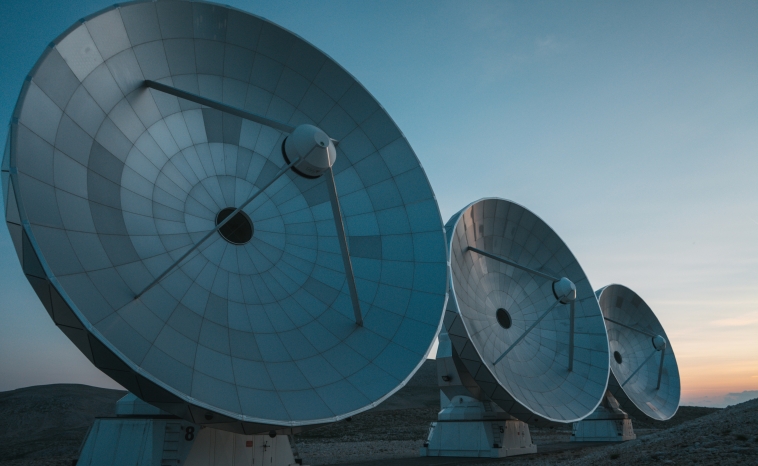
As technology advances, so do the capabilities of radio telescopes. Projects like the Square Kilometre Array (SKA) aim to create the world’s largest radio telescope, significantly enhancing our ability to explore the universe in unprecedented detail. The SKA’s sensitivity and resolution will allow us to detect extremely faint radio signals from distant galaxies, providing insights into the early universe and potentially discovering new types of objects.
Radio astronomy is also an essential tool in the search for extraterrestrial life, as radio waves are likely to be a common form of communication for any advanced civilisations that may be out there. With ongoing advancements in technology and increased collaboration among researchers, the future of radio astronomy looks bright, with endless possibilities waiting for us to discover!
Explore the Cosmos with the One Million Stars App
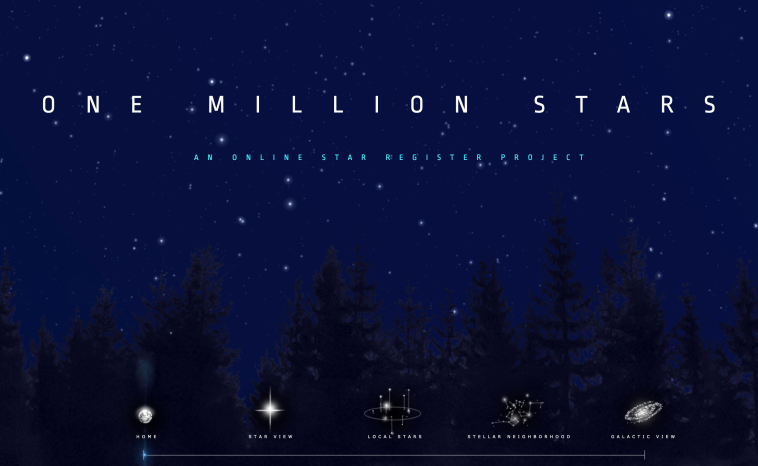
Are you fascinated by the cosmos and eager to explore the universe from the comfort of your own home? Then dive into the stars and uncover the secrets of our galaxy with OSR’s One Million Stars App. This innovative app offers an immersive and interactive experience, allowing you to navigate through a stunningly detailed 3D map of our celestial neighbourhood and learn about the myriad stars that make up the Milky Way and beyond. Download the app and start your cosmic adventure today!

